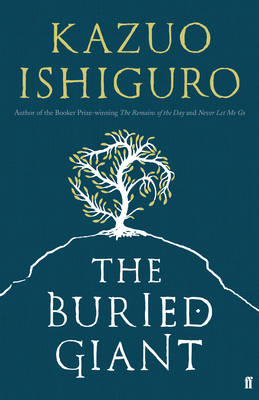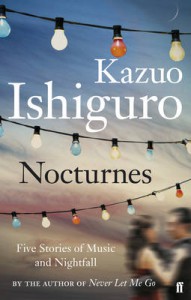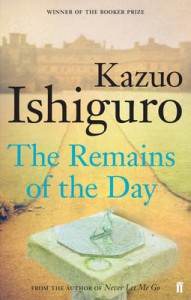This is the second in a series of posts on Kazuo Ishiguro’s The Buried Giant; the first post is here, and there’s a more general post about reading Ishiguro here.
The Buried Giant is the story of Axl and Beatrice, two elderly Britons in a post-Roman land suffused with a ‘mist’ that induces (or perhaps simply is) a kind of amnesia. The couple decide to visit their son’s village – though they have not seen him in so long, they’re sure he waits for them – and their journey forms the basis of Ishiguro’s novel.
The world through which the couple travel is both literal and metaphorical, and these aspects are deeply intertwined. I’ll show you what I mean by talking about the quality (the atmosphere) of one scene in particular. Towards the beginning of the novel, Axl and Beatrice come across a ruined villa where they meet an old woman and a tall man. He is a boatman who ferries people to a special island, one where they must usually go alone and will generally not see another person for as long as they remain. The old woman was planning to go to the island with her husband, but (she says) the ferryman tricked them and she has been alone for forty years. Now, whenever the boatman comes to rest at this villa, the woman appears to taunt him (as he sees it).
There’s a pretty clear reading here of the ferryman being one who takes souls to the land of the dead. Yet it seems to me that this can’t be reduced to a straightforwardly literal or straightforwardly metaphorical reading. The situation has a ritualistic absurdity that makes it seem like something out of a folktale; yet it still feels functional within the world of the book – the boatman takes people to an actual place, but what manner of place? I’m finding it difficult to articulate exactly what I mean, because to do so I have to separate out qualities that are bound together. Perhaps I could say that this villa and its occupants are in a landscape that slides between the geographical and symbolic as you look at it, which means the ferryman and his journey can be real and metaphorical at different times.
This is a treacherous land to navigate!
Book details (Foyles affiliate link)
The Buried Giant (2015) by Kazuo Ishiguro, Faber & Faber hardback



Recent Comments